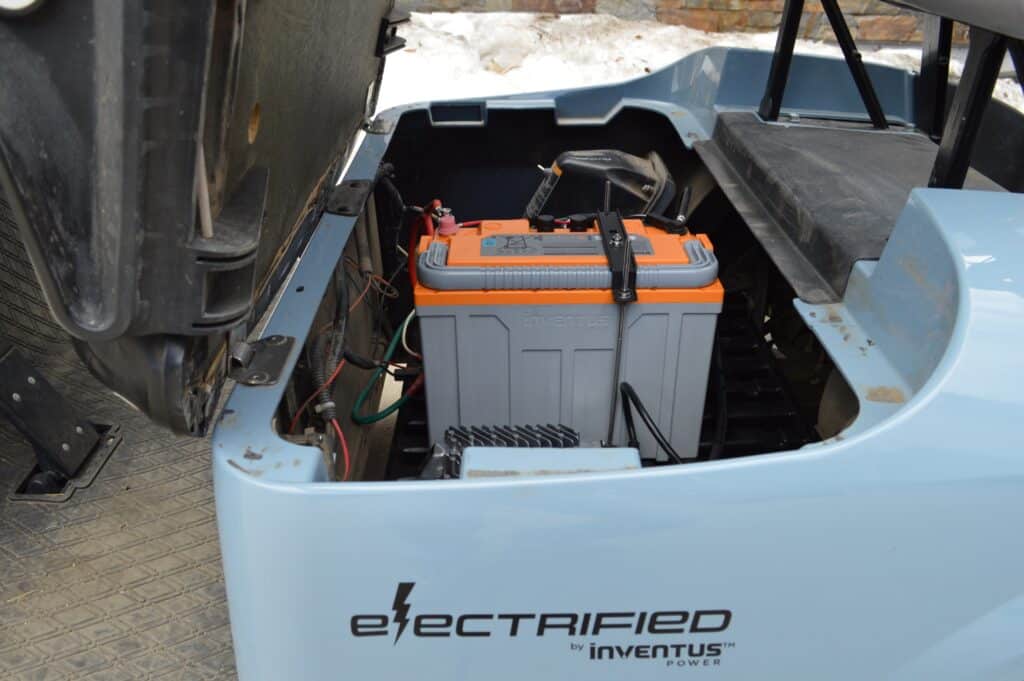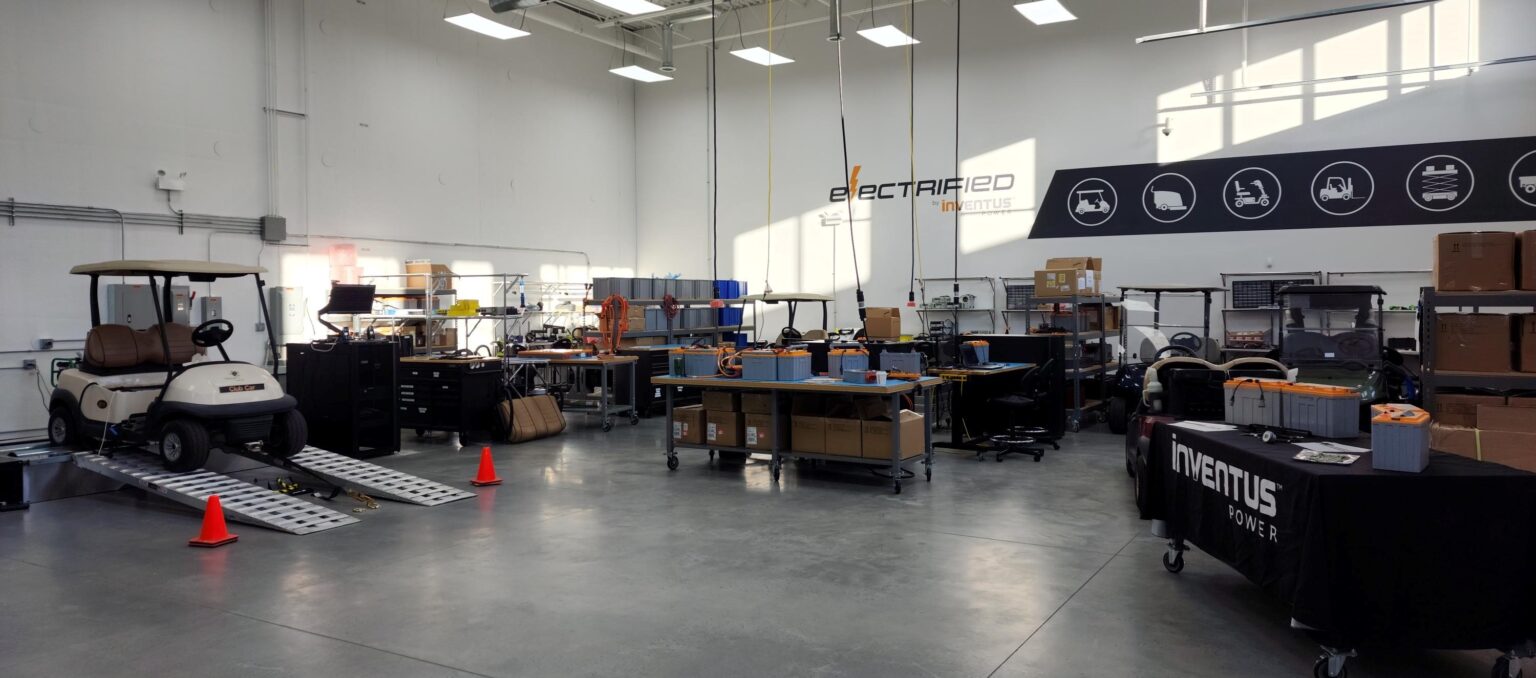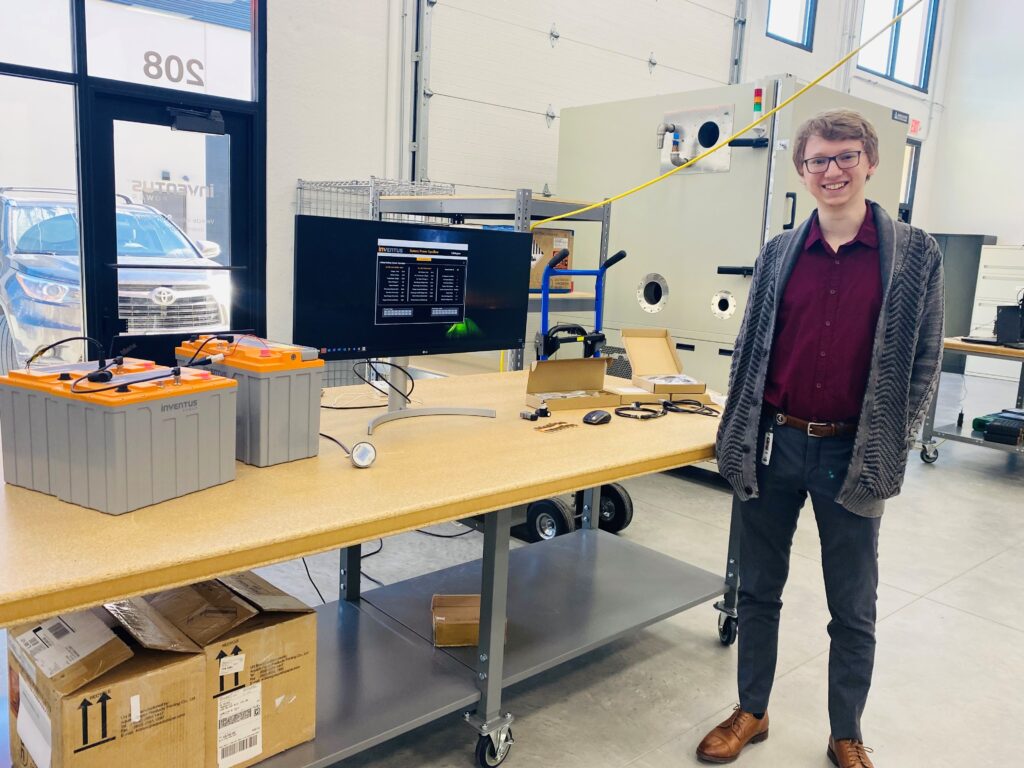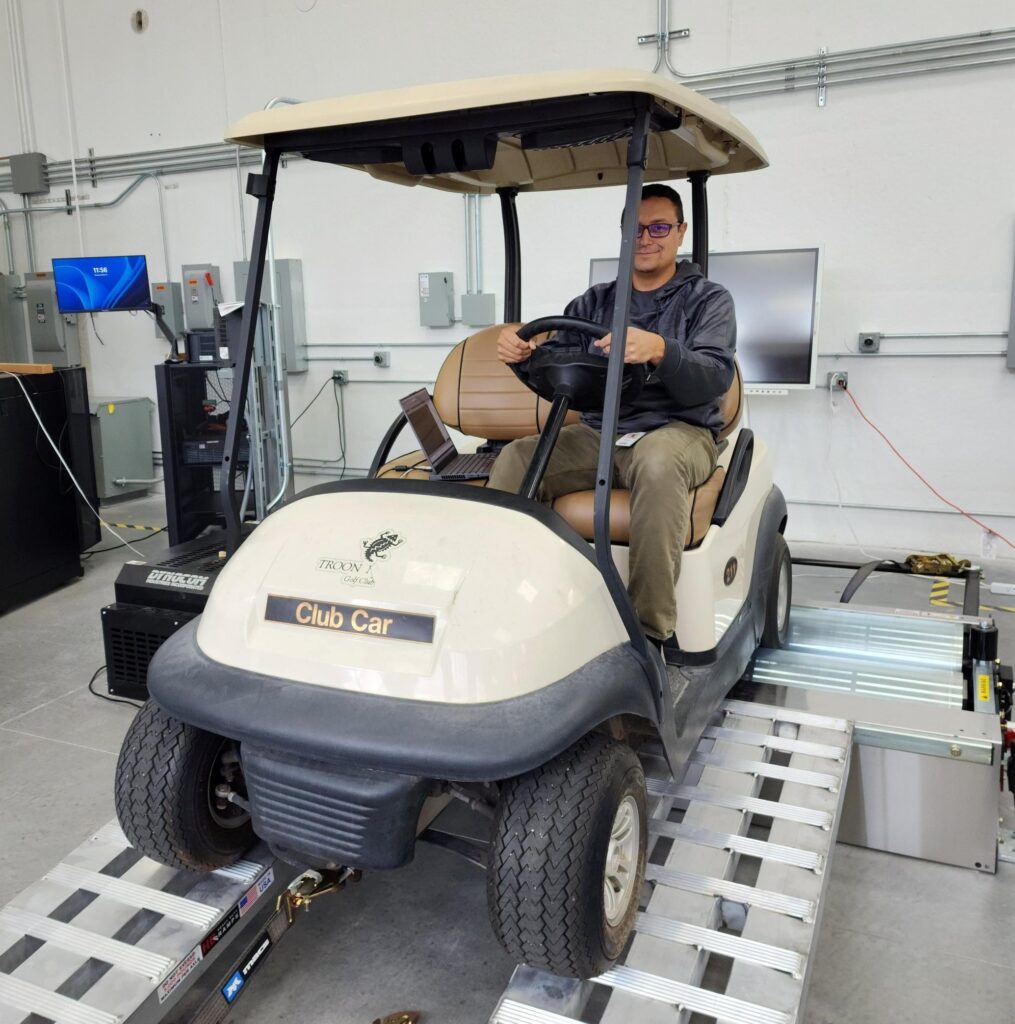By now, most manufacturers of battery-powered devices and equipment of all kinds are aware of the enormous advantages to be had by specifying lithium-ion (Li-ion) battery packs over the incumbent lead acid battery technology. Smaller size, greater power, longer life, no maintenance and other benefits are driving many organizations to redesign existing products or incorporate Li-ion technology into next generation designs, and this is opening new possibilities for developing superior performing products.
Of course, lead acid is a long-used and very familiar chemistry across a variety of market segments, while Li-ion is comparatively newer, so there is still a learning curve that must be considered. This learning curve becomes longer within segments that lack previous experience with battery technology or in-house expertise, many of which are transitioning to electric power systems from internal combustion engines. At one end of the spectrum, large automotive companies, who mass produce electric vehicles using very large and powerful batteries, tend to have a lot of in-house engineering, equipment, and other resources to test and fine-tune designs, and have access to world-class expertise at their fingertips.
On the other end, there are manufacturers of portable devices who are using relatively smaller batteries in their products. Their engineers can often effectively integrate battery packs into their devices by following product documentation.
In-between is a large and diverse market that goes well beyond the passenger automobile market. OEMs in this space are using complex medium-to-large battery packs but may not have the extensive in-house resources like the big auto companies do. They are seeking lithium-ion battery solutions that deliver power needs safely and efficiently.
For manufacturers like these, integration of advanced battery systems into their designs can be an iterative process, with a lot of back and forth needed between the company and their battery supplier, fine-tuning the software on both sides, ensuring the battery system can communicate effectively with the host and more. Many vehicle and equipment manufacturers who started their electrification journeys have found the integration process to be a real issue and don’t have a lot of resources to effectively and efficiently support their transition to electric.

That’s where Inventus Power’s xEV battery solutions come in. Our team has overcome a major challenge in the electrification of vehicles for commercial and personal use. Our high performance, intelligent Li-ion battery systems are optimized for the end application. Utilizing cutting-edge engineering and patented technology, we ensure software compatibility and functionality between our battery management system and your vehicle. Over the last few years, we’ve heavily invested in our technical resources and expanded our in-house capabilities to push the benefits of Li-ion technology forward and help make electrification a reality for any company.
Inventus Power has worked hard to build a reputation for being highly effective not only in battery development, but also in our ability to work closely with our customers as an extension of their engineering teams; in a true collaboration, our advanced battery systems become an integral part of their product evolution and success. Inventus Power doubled down on this capability and opened a Vehicle Integration Center (VIC), located in Bolingbrook, Illinois, near our corporate headquarters and US technical center. This facility was established to support the system integration and testing of advanced battery solutions in motive applications. Since its grand opening in February 2023, the VIC has provided support for several OEM electrification programs.

Customers value our engineering resources & system integration support
When our xEV customers tour the Vehicle Integration Center they are not only impressed by the facility’s technical resources, but by the long-term commitment we make to support them. It’s unique to have an actual standalone facility capable of taking in a sample vehicle or other larger product and working with it directly. They get excited and I can see the wheels turning as they get ideas about the possibilities around Li-ion battery technology, and this often leads to collaborative discussions about what they want to do and how we can do it together.
We have a wide range of engineering expertise at the VIC, including software, electrical, mechanical, and testing engineers, so we can come at customer challenges from a variety of angles. The facility is also equipped with high tech machines to perform parametric tests, humidity tests, temperature chamber tests, battery cycling, and more.
The star of the show, however, is probably our dynamometer (dyno), which allows us to test the vehicle and a battery pack along different road grades and see how the vehicle reacts and draws on the battery packs in real time under different scenarios. You rarely see this type of equipment outside of the high-volume electric vehicle passenger car space, so it captures attention.
Indeed, we’ve been very proactive and effective in being able to run tests and quickly provide customer feedback. Most battery manufacturers don’t offer this service or offer it overseas, so logistics, language, customs, and other issues make the process a lot harder to control and inefficient.


What’s down the road for the VIC?
Since the grand opening, the Vehicle Integration Center has been steadily increasing resources and capabilities to effectively help customers optimize their lithium-electric vehicles, getting them into production and out to market quickly. And we plan to continue this growth. That might include expanding our bandwidth and increasing the volume of manufacturers we can support as well as investing in more testing and software. Since collaboration is a key component to our success, taking our ability to seamlessly combine with our customers’ engineering teams is also a very attractive proposition—providing faster or real time access to data.
Whatever the future brings, one thing is certain—we will continue to emphasize our capability to not only develop innovative battery solutions but also offer cutting-edge integration support. We’ll do more than sell you a battery and accessories; we’ll deliver battery system solutions designed specifically to integrate safely within your equipment with minimal disruption. In other words, We Make Lithium Work!

William Tenorio
Vice President, Advanced Battery Systems Engineering, Inventus Power